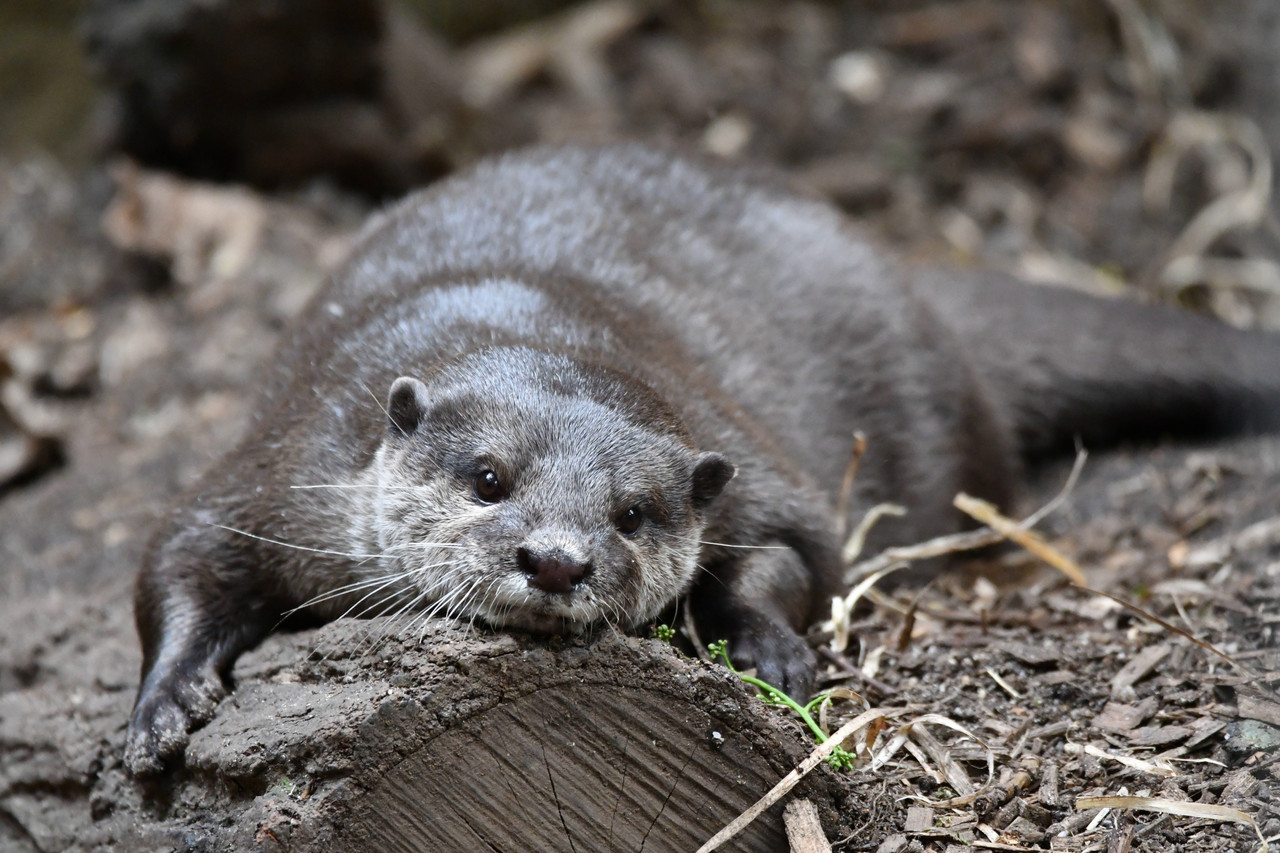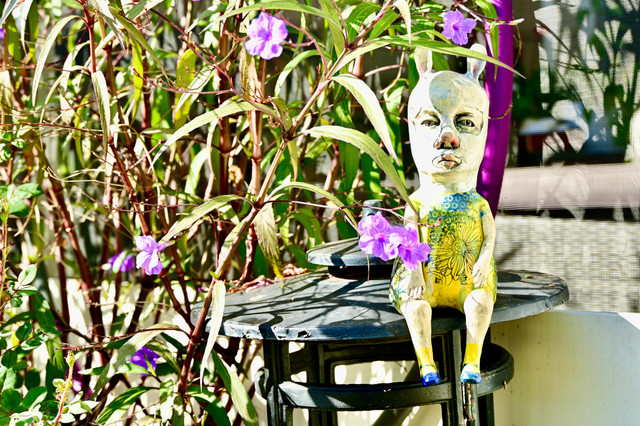HOME | DD
 TheBootesArtVoid — Log (Enclosure)
TheBootesArtVoid — Log (Enclosure)

#adorable #animal #animalphotography #animals #cute #cuteadorable #natural #nature #naturephotography #otter #otters #photo #photograph #photography #photographyanimals #photographynature #thebootesartvoid
Published: 2024-03-14 05:37:59 +0000 UTC; Views: 1161; Favourites: 101; Downloads: 0
Redirect to original
Description
Species Name: Asian Small-clawed Otter
Species Latin Name: Aonyx cinereus
Also Known As: Oriental Small-clawed Otter, Small-clawed Otter
Native To: South and Southeast Asia
Conservation Status: Vulnerable
Size (length): 45-61cm (17.7 – 24 inches)
Weight: 1kg (2.2 pounds)
Lifespan: 11-16 years
Population Size: 5,000
Population Trend: Decreasing
Diet: Carnivore, Molluscivore
Lifestyle: Semiaquatic, altricial, natatorial, terrestrial, viviparous, territorial
Group Name: Romp, bevy, family, raft, pod
Female Name: Female, sows
Male Name: Male, boars
Baby Name: Whelp, pup
Reproductive Behaviour: Monogamous
Reproduction Season: Year round
Pregnancy Period: 60 days
Births Per Pregnancy: 1-7 pups
Independent Age: 14 weeks
Description:
The Asian Small-clawed Otter is the smallest species of otter throughout Asia. They have dark brown fur throughout most of their bodies with the exception to their cheeks, upper lips, chins, throats, and the sides of their neck which is more white in colouration. They have short skulls and long whiskers on either side of their faces. They have small oval shaped ears, they have narrow paws with short digits that are webbed. As their name indicates the claws on their feet are rather short and do not extend beyond the pads of its webbed gills. They have long tails that are thick and muscular especially toward the base, their tails are almost half the size of the rest of their bodies.
Diet:
These animals are carnivorous and the animals they feed on depends on availability and will as a result also vary seasonally. Most of the time these animals will feed on crabs, mudskippers, and Trichogaster fish. They will also feed on snakes, frogs, insects, rats, catfish, Climbing Perch (Anabas testudineus), and striped snakehead (Channa striata), shellfish, crayfish, mollusks, and crustaceans.
Behaviour:
The Asian Small-clawed Otters are the most social of the otter species. Generally they have family groups numbering between 12-20 individuals however, it has been recorded that groups can be as high s 53 individuals in some rare cases. These animals have 12 or more distinct calls they use to communicate that consist of various yelps, whimpers, shrieks,moans, or screams. When disturbed they will let out a scream to rally the other members of their family to help. Another method of communication these animals use is the smearing of their fecal matter or 'spraint' at latrine sites using their hind legs and tail, it is believed that this behaviour becomes more common the larger their family group is and is likely related to social ties among family members as well as with territorial marking. These otters will also rub their bodies against logs and vegetation after eating or swimming to leave their scent behind as a form of scent marking.
Asian Small-clawed Otters are exceptionally good swimmers. When on the surface of the water they will row with their fore limbs and paddle with their hind limbs, when under the water they move their bodies in a wave like fashion using their tails and bodies.
A lot of what is known about these animals have been studies whilst they have been in captivity. Captive pairs are monogamous and mating will occur year round with the act of mating itself occurring under the water. Both the male as well as the female will build a nest together in their breeding chamber out of grass, hay, or straw. Pregnancy lasts for around 60 days and between 1-7 pups are born per birth, the interval between each birth for a female otter will be at least 8 months. at the age of three months the pups will start to leave the den and explore the shallow waters, they will become fully independent by the age of four to five months.
Threats:
Some of the biggest threats these animals face today include a loss of habitat, loss in numbers due to hunting as well as due to pollution. These animals have lost habitats around hill streams, peat swamp forests, and mangroves for various aquacultural projects. In places like India land is lost due to deforestation as well as having land converted for tea and coffee plantations. Over fishing in rivers can lead to a lack of food for these animals and they are vulnerable to water pollution caused by the use of pesticides. These animals are the most sought after otter species for the illegal pet trade in Asia with large numbers of these animals being taken from the wild, these animals are also poached for their fur.
Conservation:
This animal has been listed as a protected species in 2019 and since then in most countries where this animal is located it has been made illegal to kill Asian Small-clawed Otters. Protections have also been put in place to protect the animal from the illegal pet trade. Various zoos and reserves have a variety of programs set up to encourage the research and captive breeding with the hopes of stabilizing the animals numbers.
Further Reading (general information):
Wikipedia: en.wikipedia.org/wiki/Asian_sm…
Kidadl: kidadl.com/animal-facts/asian-…
AZA Nutrition Advisory Group: nagonline.net/478/asian-small-…
Related content
Comments: 5

👍: 1 ⏩: 1

👍: 0 ⏩: 1

👍: 1 ⏩: 0

👍: 1 ⏩: 1

👍: 1 ⏩: 0

























